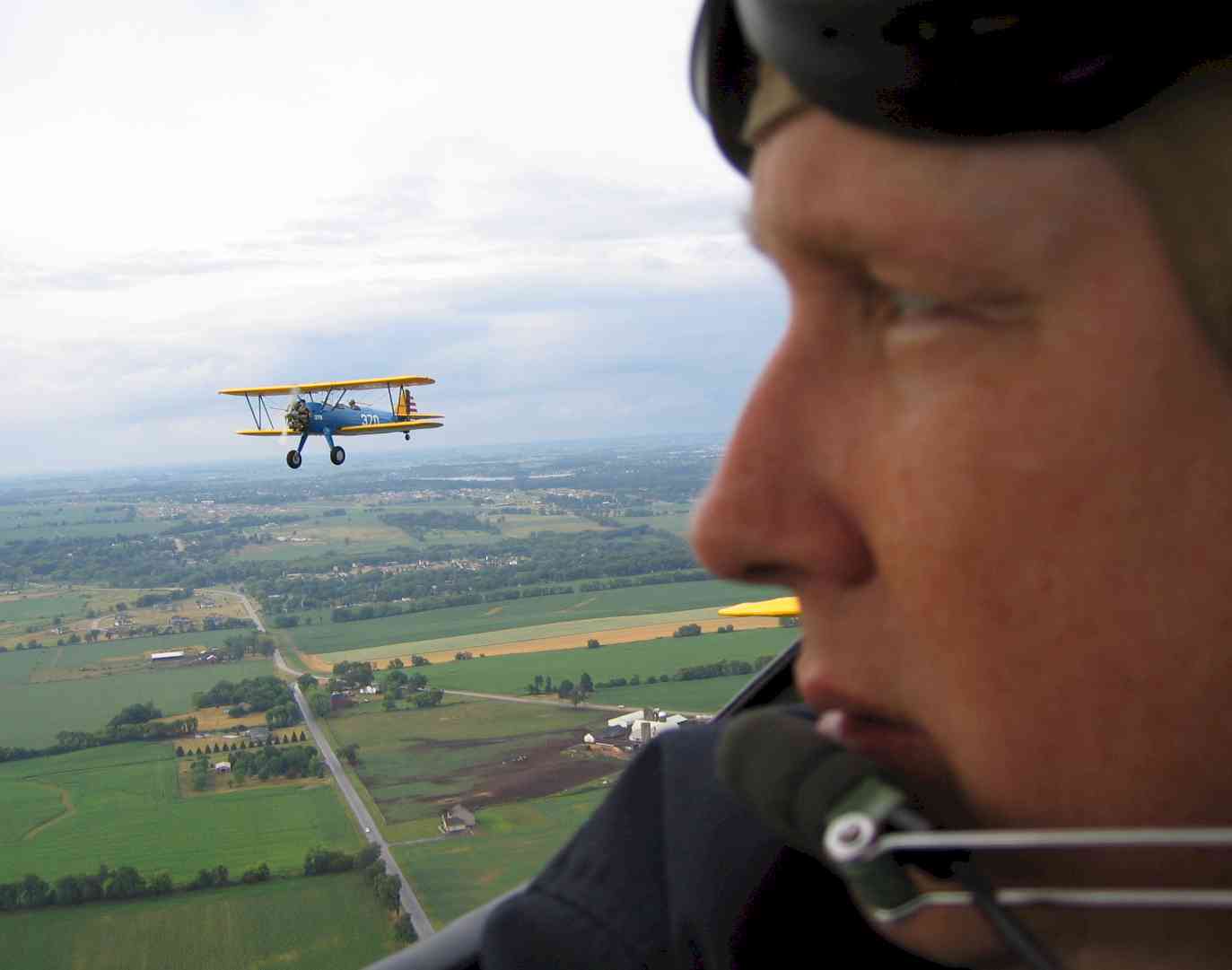Soaring freely through space -- it’s a dream unfulfilled by all but those who fly. As a kid, before I had access to the kind of airplanes that could propel me with essentially unlimited control and three-dimensional freedom, I used to dream vivid flying dreams. Perhaps it was my mind’s way of getting what I couldn’t yet experience in real life.
The dreams were all very similar. Usually, I’d tour my neighborhood at treetop height, suspended in the air with no pressure on my body, and face down. I didn’t have to flap my arms or “swim” -- I just thought about where I wanted to go and I’d slide that direction.
Another variety of dream, more rare, found me suspended high over a field. Suddenly, I’d drop rapidly downward, accelerating at a rate far greater than freefall. Then, nearing the ground, I’d turn and zoom laterally, just a few feet over the ground, laughing with a giddy sense of freedom and fun. I would awake with my skin tingling, and tears in my eyes.
Later in life, as an Air Force pilot, I reveled in the occasional opportunities to zoom up and around clouds-tops, then dive though puffy holes, rolling and pulling and pretending the clouds were mountains and hills. With the visceral need for aerial freedom now apparently satisfied, the flying dreams ceased.
The mind knows what it needs, I guess, but I miss the dreams. They were the ultimate expression of a part of my mind that I wish I could tap into more regularly. It’s the part from which individual creativity, spiritual energy, artistic pursuit, and romance flow. True artists say it’s an unlimited well. It’s a shame I have not learned how to tap it better. My artistic muse works in short, intense bursts, seemingly carefully-controlled and metered. It sometimes seems as if I am allotted a certain amount of inspiration and output per day. Beyond this level lies…what? Desperation? Madness? If I were to fully let go and succumb to my artistic passions, part of me fears I might lose my analytic, left-brain skills and instantly and permanently become some kind of irresponsible, long-haired hippy. When an artistic period hits, I always feel that I must not accept too much of its gift, or I’ll change into someone else, someone who’s incapable of doing rational things like flying airplanes. I know this is a silly thought-process, but it is one that has vexed me for as long as I can remember. This blog continues to be a form of sticking a tentative big toe into the creative waters that spread out before me.
I work sporadically on a book manuscript, begun years ago. Every so often, when I go back and pull it out of its manila envelope, it’s like reading another writer’s work. I’m pleased to find that the writing is passionate and pretty interesting. It has real potential. Yet I’ve long been paralyzed by the prospect of sharing it with the world, for fear of exposing my most private, inner self to outside ridicule and critique. In recent years, by thinking too much about the social consequences and therefore stifling the muse, I’ve allowed some choice opportunities to slide past me. Articles and books have gone unwritten, photos un-taken, loves lost.
I vow, here and now, to begin to reverse that course. I must stop second-guessing the whole process. The math turns out to be pretty simple. The more I fly, the happier I am. The happier I am, the better I write, take pictures, capture moving images on video, and a lot of other right-brain endeavors.
So I’m off to the airport. And I’m inviting my muse along for the ride. Wish us luck.






